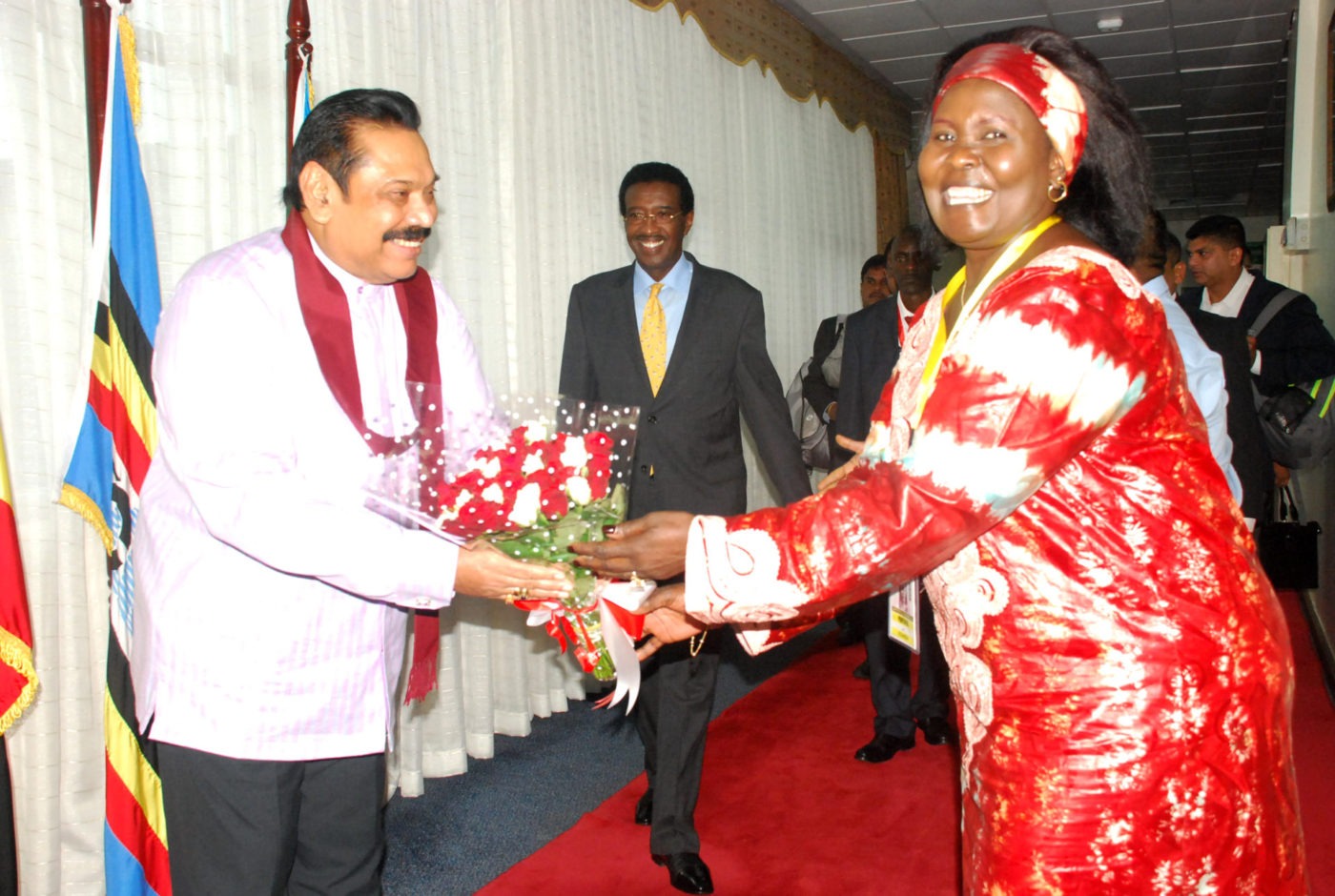Uganda, country in east-central Africa. About the size of Great Britain, Uganda is populated by dozens of ethnic groups. The English language and Christianity help unite these diverse peoples, who come together in the cosmopolitan capital of Kampala, a verdant city whose plan includes dozens of small parks and public gardens and a scenic promenade along the shore of Lake Victoria, Africa’s largest freshwater lake. The Swahili language unites the country with its East African neighbours Kenya and Tanzania.
“Uganda is a fairy-tale. You climb up a railway instead of a beanstalk, and at the end there is a wonderful new world,” wrote Sir Winston Churchill, who visited the country during its years under British rule and who called it “the pearl of Africa.” Indeed, Uganda embraces many ecosystems, from the tall volcanic mountains of the eastern and western frontiers to the densely forested swamps of the Albert Nile River and the rainforests of the country’s central plateau. The land is richly fertile, and Ugandan coffee has become both a mainstay of the agricultural economy and a favourite of connoisseurs around the world.
Uganda obtained formal independence on October 9, 1962. Its borders, drawn in an artificial and arbitrary manner in the late 19th century, encompassed two essentially different types of societies: the relatively centralized Bantu kingdoms of the south and the more decentralized Nilotic and Sudanic peoples to the north. The country’s sad record of political conflict, coupled with environmental problems and the ravages of a countrywide AIDS epidemic, hindered progress and growth for many years. Yet, even so, at the beginning of the 21st century a popularly elected civilian government ruled Uganda, which had attained political stability, had set an example for tackling the AIDS crisis that threatened to overwhelm the continent, and enjoyed one of the fastest-growing economies in Africa.
Kampala, capital and largest city of Uganda. It occupies a series of hills at an elevation of about 3,900 feet (1,190 metres) and is situated in the southern part of the country, just north of Lake Victoria. Kampala lies just north of Mengo, the capital of the kingdom of Buganda in the 19th century. It was selected in 1890 by Capt. Frederick (later Lord) Lugard as the headquarters of the Imperial British East Africa Company. Lugard’s fort on Old Kampala Hill remained the Ugandan colonial administrative headquarters until 1905, when it was moved to Entebbe. In 1962 Kampala (a municipality since 1949) became the capital of independent Uganda. Parliamentary and commercial buildings, industry, and residential areas are separated into sectors.
Situated in the country’s most prosperous agricultural section, Kampala exports coffee, cotton, tea, tobacco, and sugar. Although second industrially to Jinja (40 miles [64 km] east-northeast), the city has numerous food, metal-products, and furniture enterprises and a tractor-assembly plant. It is the headquarters for most of Uganda’s large firms and the chief market for the Lake Victoria region. Kampala has a technical institute and is the seat of Makerere University, which was founded in 1922 and became a university college in 1949 and a university in 1970; for many years it was the only such educational institution in East Africa. Kampala also has the Uganda Museum. The city is home to several mosques (including the white Kibuli Mosque), Hindu temples, and Christian churches (notably Namirembe Anglican Cathedral and Rubaga and St. Peter’s Roman Catholic cathedrals).
Kampala is the hub of the nation’s road network and lies on the railway from Kasese to Mombasa, Kenya. It is also served by Port Bell (6 miles [10 km] east) on Lake Victoria and by Uganda’s international airport at Entebbe (21 miles [34 km] south-southwest). Pop. (2008 est.) 1,480,200.




